



Wishing to enter the long-haul market with something bigger than the A310 Airbus designed a new four-engine long haul airliner called the A340. Developed alongside the twin-engine A330 the A340 first flew on 25 October 1991. Production ran for 20 years before the last of the 380 produced would leave the production line. A stretched version the A340-600 was also offered in 2001. This version at 247 feet long was at the time the longest airliner in the world and could carry up to 390 passengers in a seven abreast layout. The shortest of the A340 family was the A340-200 at 195 feet, carrying up to 250 passengers. Lufthansa was the type’s best customer with orders placed for 34 aeroplanes. The earlier models of the A340 were powered by the CFM-56 engine but the larger longer range versions the -500/600 were Rolls Royce Trent powered. By 2005 the writing was on the wall for four engine aircraft and it was a sad fact of life that in that year Boeing had managed to sell 155 Boeing 777s against just 15 A340s. By 2011 Airbus stopped production as there were no more orders. Airbus see the A350 as a replacement for the A340 many of which have now been retired by airlines around the world. Indeed the type’s biggest supporter Lufthansa retired its entire A340-600 fleet in early 2021 as a result of cutbacks due to Covid.
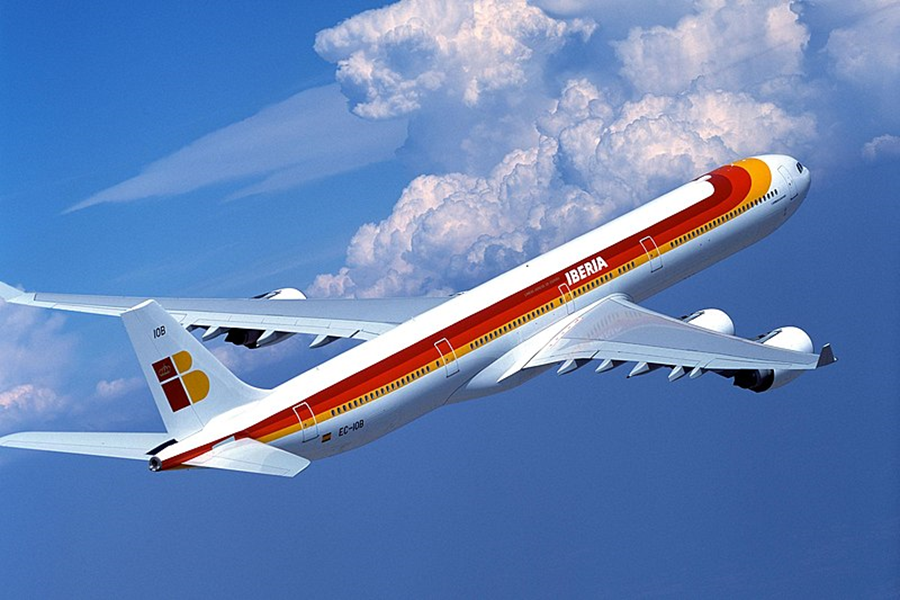
With new orders for the A300 drying up, Airbus launched its more modern replacement the A330 which first flew on 2 November 1992. Using many airframe parts from the A340 the 330 was offered in two variants one slightly bigger than the other but with the smaller version having a greater range. The most popular was the larger A330-300. Turkish Airlines built a fleet of 64 A330s. In 2014 Airbus announced it would be offering the A330neo (new engine option) which along with the new engines and other refinements would offer a 14 per cent cost saving. This version would use the Trent 7000 engine which had been developed exclusively for the A330neo.This member of the Airbus family became very popular and to date 1533 have been built with orders for another 226. The A330 competes against the Boeing 767 and the smaller versions of the 777. The A330 was also developed into the military A330MRRT in flight refuelling aircraft and Airbus also used the aircraft as the basis for their Beluga XL transport aircraft that they use to ship components around the various Airbus sites. The first operator of the A330 was French airline Air Inter who first used it on the route from Paris to Marseille in January 1994.
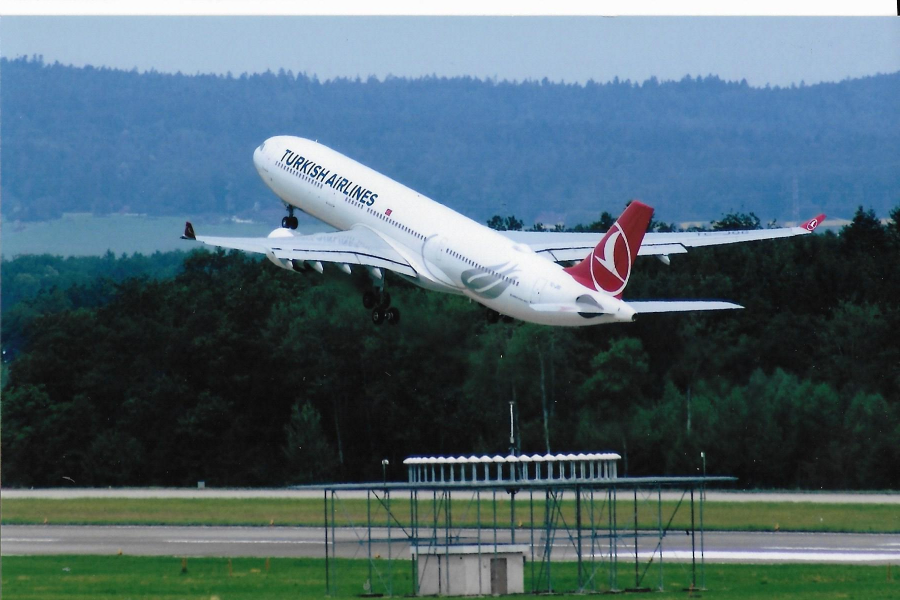
It wasn’t until August 1997 that the shorter A330-200 took to the skies. This variant was built in direct competition to Boeings 767-300ER which had a greater range than the original A330-300. Now able to fly over distances of 7,250 miles with lower operating costs than the Boeing the fight was on. This new longer-range version would also be the basis of the A330-200F freighter. These are quite distinctive as the nose gear is attached lower in the fuselage which results in it sitting in a blister. This was to allow the cargo deck to be level for loading as the normal arrangement of the nose leg causes the A330 to park slightly nose down on the ground.
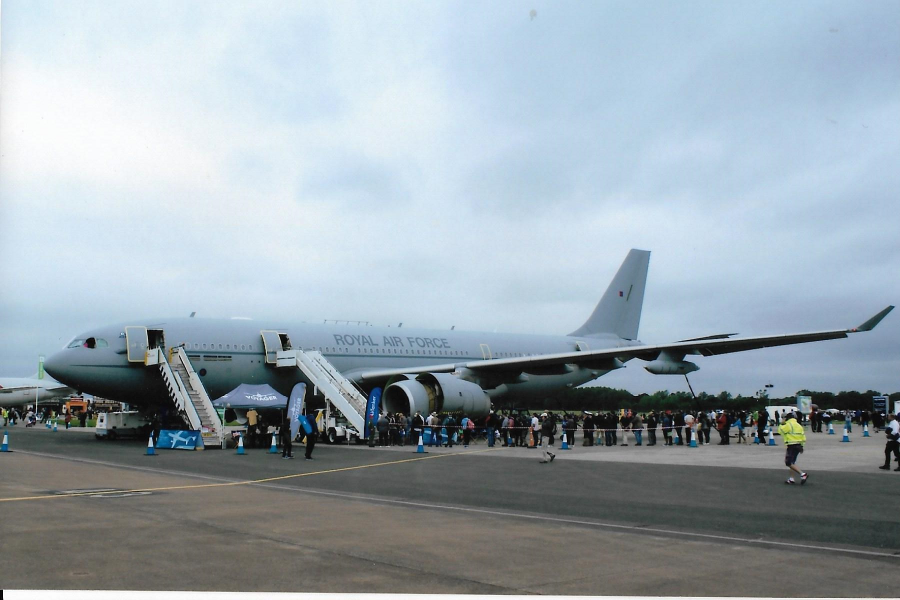
With the A320 family doing so well in the short haul stakes Airbus took a gamble on the long-haul sector and set out to put the mighty Boeing 747 in the shade. Its design was the world’s largest airliner, the double-decked A380. With a normal passenger load of around 525 the mega jumbo was certified to carry a maximum of 853 people. First to take to the skies in April 2005, production was delayed several times due to problems in 330 miles of electrical cabling in each aircraft plus various management and production problems. The first delivery to Singapore Airlines did not take place until October 2007. Orders were initially good but as airlines began to prefer to go for long-range twin-engine options the orders dwindled including the cancellation of the freighter version in which FedEx and UPS had been interested. Only 254 would eventually be built when the last one was delivered in 2021 to Emirates Airlines who have operated 123 examples of the mega jumbo their first having arrived in August 2008.
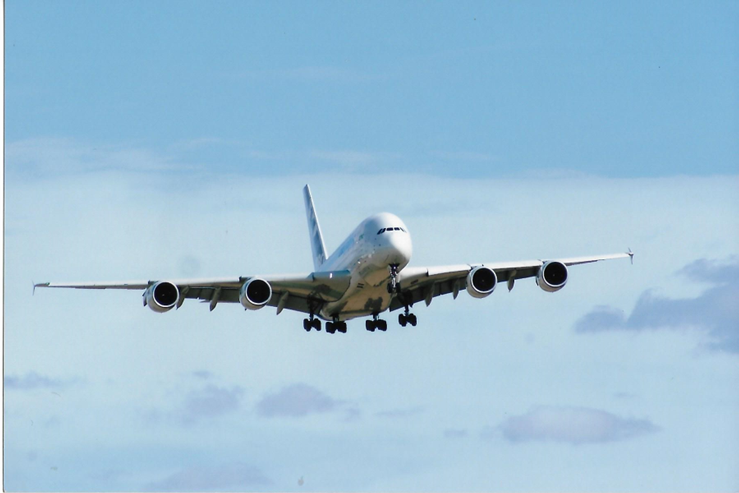
On the early-build aircraft there were a number of post delivery problems which saw Airbus having to fix cracks and replace some doors at a cost of over $200 million, changes on the production line fixed these problems in later aircraft. With a very slow order book Airbus did a deal with Emirates to convert an order for 39 A380s into other Airbus types and then announced the end of production. It was in March 2021 that the last built A380 had its maiden flight and the Toulouse production line was readied for its next model the A350.

With Boeing offering its composite built 787 Dreamliner. Airbus needed an aircraft in their line-up to rival the economy this new aeroplane could deliver. On 14 June 2013 the first all-composite A350 took to the skies over Toulouse for the first time. Powered by the Rolls Royce Trent fan engine the initial model could carry up to 350 passengers in nine-abreast economy seating. The larger A350-1000 could increase this figure to 410 pax over a range of 8700 miles. Indeed Qantas have just ordered a fleet of A350-1000ULR (Ultra Long Range) aircraft which they intend to use for non- stop flights from Sydney to London or New York starting in 2025. These flights, the longest non-stop flight in the world, will take 20 hours to London. When ‘The Kangaroo route’ was first opened in 1947 the trip took 58 flying hours with seven en-route stops !
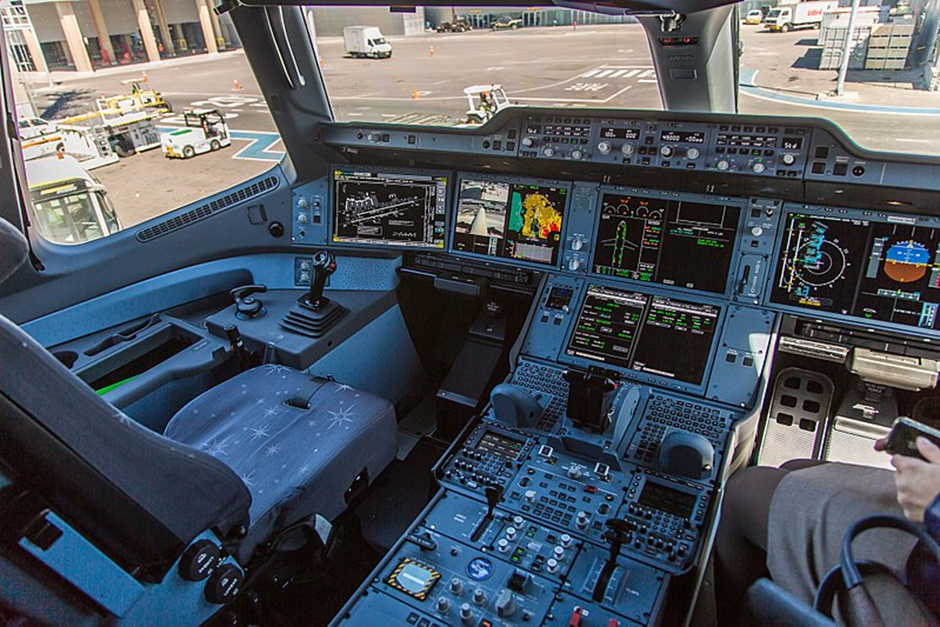
Since that date 475 have been delivered worldwide with Finnair being the first operator in Europe and Singapore the largest operator with a fleet of 58. Airbus also have a healthy backlog of 440 still to be built. The A350ULR (ultra long range) version is capable of flying non- stop over 9700 miles making it the world’s airliner with the greatest range. The A350 replaces the A340 and is set to compete with Boeing’s new Boeing 777-X as well as the Dreamliner.
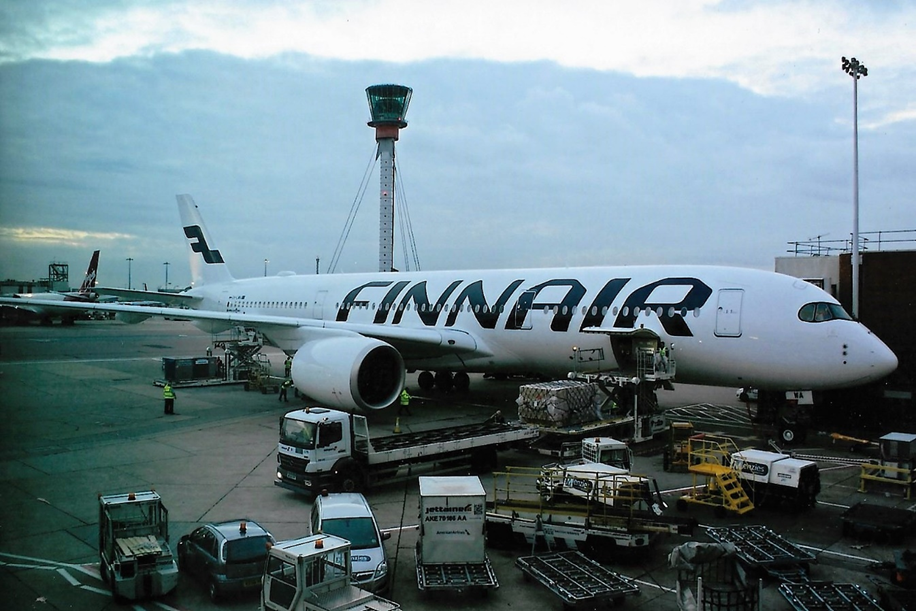
2013 would not just see the first flight of the A350 but also the purchase by Airbus of Canadian manufacturer Bombardier who had just started to deliver examples of their C-100 twin engine short haul jet. Full of technical innovations this new 100-seater aircraft was well received by the airlines and there was eventually a large order book. Although competing with the Airbus A319 in size it was a more modern aeroplane and on taking over Bombardier, Airbus confirmed production of the new jet would continue in Montreal but it would now be know as the Airbus A220. Swiss Airlines were the first worldwide operator of the type which is now seeing orders from around the world. By 2022, 204 had been delivered with orders outstanding for another 536. It was indeed an A220 to Delta Airlines in 2019 that marked the delivery of the 12,000 Airbus aircraft.
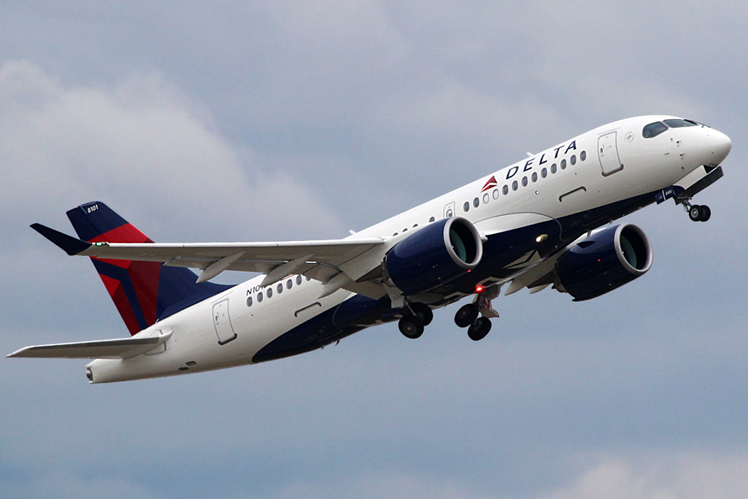
By February 2022 Airbus had received a total of 21,200 orders for its planes with an impressive 7,071 still to build of which 5,759 are from the A320neo family. In that one month alone they had delivered 49 aircraft compared to Boeing’s 22 and took orders for 113 whilst Boeing picked up just 37 new orders. Looking back it would seem that the UK government’s decision to pull out of the Airbus consortium in 1969 was a rather foolhardy one. And don’t forget UK workers have built nearly every wing on those 14,118 aeroplanes that have been delivered, something they should be proud of. With air travel recovering from the effects of Covid and with the continuing battle between Boeing and Airbus to make more and better aircraft the future looks rosy for the airliner industry.
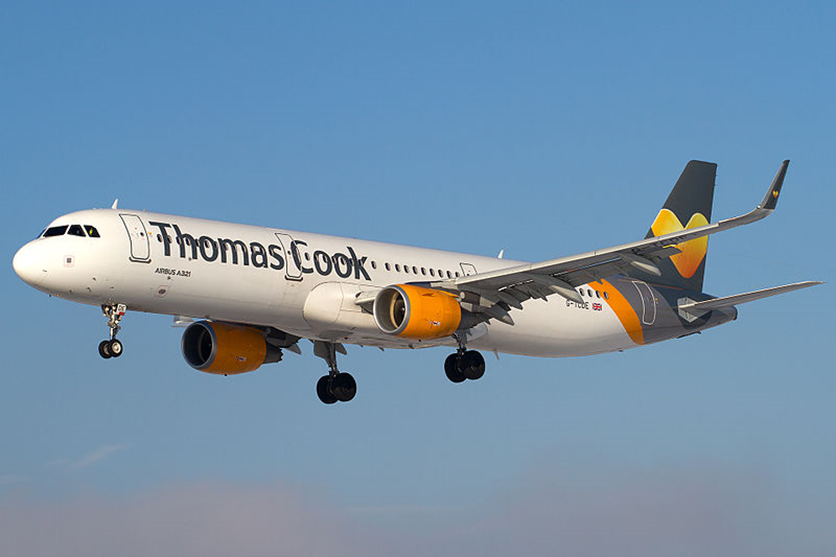
As was mentioned in the opening paragraphs of this article Airbus are also the owners of Airbus Helicopters the largest manufacturer of turbine helicopters in the world. AH have been around for many years under various names, the most recently Eurocopter, but now named Airbus Helicopters there is no doubt as to who owns the company. Based at Marseille in southern France their products are sold to civil and military users around the world. Here in the UK they are used by the military joint helicopter training school at Shawbury and are a common sight with Police and Air Ambulance flights around the country.
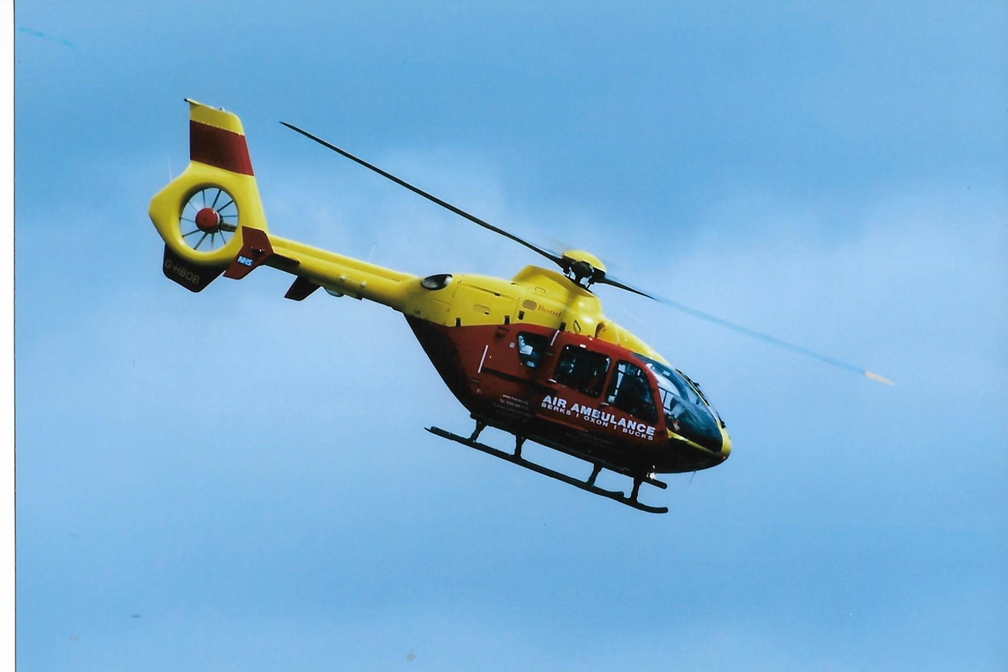
I hope you have enjoyed this look at Europe’s biggest plane maker and the many different types of aircraft they have brought to our skies. We will end with a final picture of a A300 the plane that started it all back 1970.
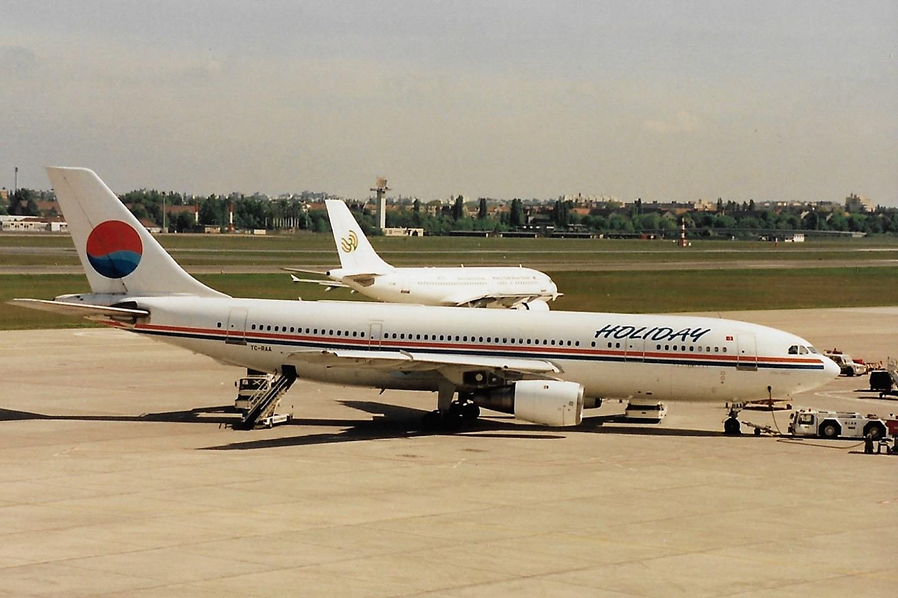
‘till the next time Keith
Registered Charity No. 285809